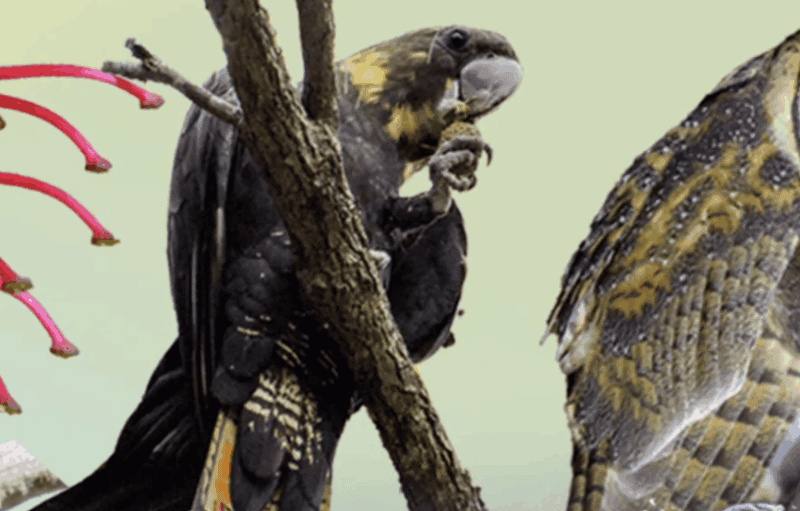MEDIA RELEASE 28 August 2021 |
The Victorian National Parks Association (VNPA) welcomes today’s announcement by the Andrews Government to start a process to formalise new protected areas first announced in 2019 – but called on the government to move quickly to make up for lost time.
Immediate Protection Areas were first proposed by the Andrews Government in November 2019 as part of their plan to protect the threatened Greater Glider and other forest-dependent threatened species, and phase-out of the native forest logging industry [1].
At the time of that announcement, it was flagged that a consultation process was to commence in early 2020 on the best way to permanently protect the Immediate Protection Areas and confirm final boundaries. The consultation process is now more than 12 months overdue.
Executive Director of the Victorian National Parks Association Matt Ruchel said, “The establishment process of Immediate Protection Areas announced in 2019 have hardly been immediate, but it is great to see the process for proper and formal protection has taken a step forward.”
“Since the original announcement, the need for immediate protection has only increased for these areas in the aftermath of the 2019-20 bushfires.”
The government announced today two consecutive processes – a Victorian Environmental Assessment Council (VEAC) assessment and an Eminent Panel for Community Engagement.
The Immediate Protection Areas (IPAs) consist of 96,000 hectares of forests that were available for logging in parts of East Gippsland (48,500 ha) and the Central Highlands (30,200 ha between Healesville and Mt Baw Baw), as well as the Strathbogie forest (17,000 ha) near Benalla, and small areas of forests around Mirboo North near Leongatha.
“Many of the proposed areas for protection are worthy additions to the National Parks estate, and can play a role in both filling identified gaps in the reserve system and protecting significant populations of Greater Gliders and other forest species – all while also encouraging tourism into regional Victoria to explore and enjoy these wonderful natural places within our state.”
The East Gippsland IPAs in particular proposed in 2019 were impacted by high severity fire during the 2019-20 Black Summer bushfires – 31,255 hectares of the areas burnt. Greater Gliders, the species the reserves were designed to protect due to their rarity, lost 32% of their habitat [2].
“There is a need to take into account the extreme damage to these forests and the devastation to so many threatened native plants and animals from the 2019-20 bushfires. The protected areas should reflect the impact on habitat and range of native wildlife still severely affected by the fires,” said Matt Ruchel.
The Victorian National Parks Association called on the Andrews Government to act promptly to have IPAs formally established, legislated and funded before this term of government ends at the end of next year. Likewise, for the more recently announced central west national parks for the Wombat, Mount Cole and Pyrenees Ranges forests and a regional park in Wellsford Forest and associated smaller reserves.
“We need to protect high conservation value native forests while the native forest logging industry transitions, and the formalisation of these Immediate Protection Areas play a role in that,” Matt Ruchel said.
“But more needs to be done to safeguard native forests in the aftermath of the devastating bushfires, including the speeding up the transition out of native forest logging.”
More information:
Background on 2019 announcement
